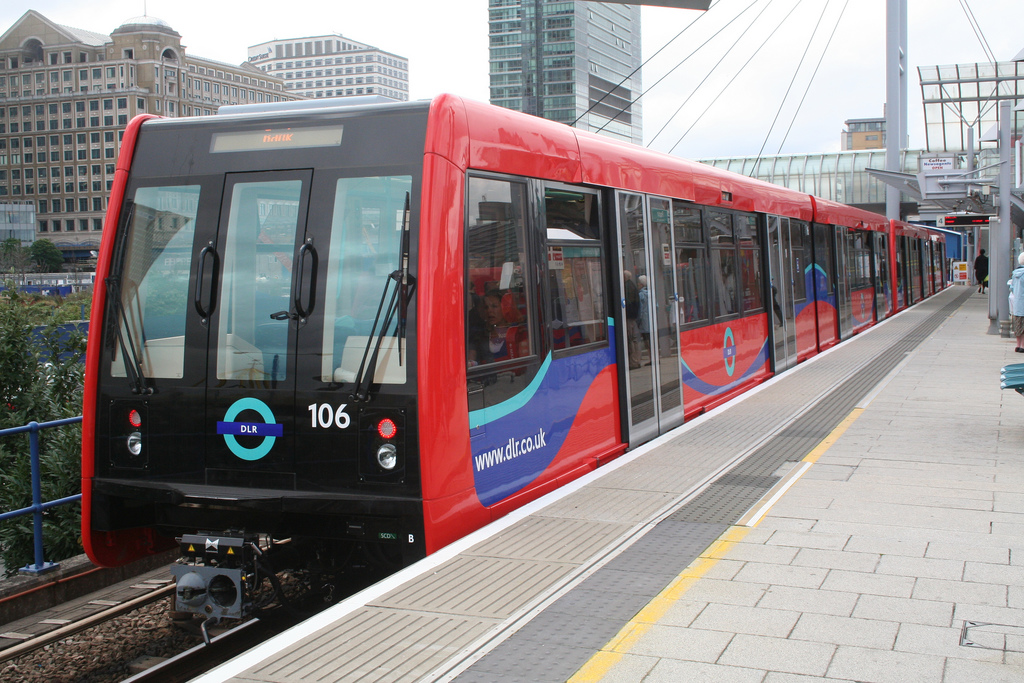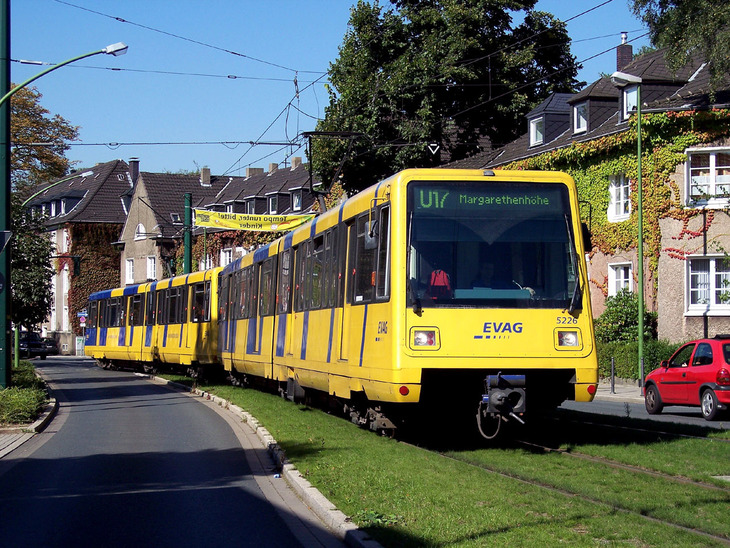steveintoronto
Superstar
Just spit-balling here, but why does the N-S segment of this line have to be Bay St?
Put the portal in the newly opened-up park space on the NE corner of QQW & York. Run under York to Bremner, then make the right turn and go under the ACC Atrium like was planned at one point for the WWLRT. That would also give greater flexibility in terms of where to build the loop at Union.
Yes, Bay may be the most direct path, but if it forces too many design compromises than maybe looking at an alternative N-S corridor may be an option.
I understand a few of your references, and certainly support your gist on new ways to approach this, whether you're talking of a new portal into the same Bay St tunnel up to Union or another, I'm unsure. The one a few of us mentioned was 'daylighting' the present tunnel to just north of QQ. Eliminate the tunnel opening onto QQ, and do it on Bay just north of QQ to allow a 'Wye' on the surface.Put the portal in the newly opened-up park space on the NE corner of QQW & York. Run under York to Bremner, then make the right turn and go under the ACC Atrium like was planned at one point for the WWLRT. That would also give greater flexibility in terms of where to build the loop at Union.
We really need some sketches of these excellent ideas, anyone suggest a good prog for drawing on top of Google map?
The Bremner option was mentioned briefly by Munro a few days back, and confirmed as to a route (gist) "roughed in through the basement of the ACC" and fully agreed, we should be looking at all possibilities, that one included, and doing a run-through of the new GO bus terminal and out to Yonge and south to form a loop. Cumbersome? Yes, but highly affordable and quick to build.
Maybe no loop at all, save the present one to still serve the Spadina leg. We've got to make a meal with what we have, and it might all be there, save a few flourishes.That would also give greater flexibility in terms of where to build the loop at Union.
No, albeit it looks like one of the easiest options for a surface line to continue up Bay north of Union. Any and all reasonable options should be examined. As abstract as some of these ideas are, looking at the 'best' plan at Munro's site immediately allows entertaining many other options.Just spit-balling here, but why does the N-S segment of this line have to be Bay St?
Yeah...and that opens a number of possibilities that I thought of but didn't mention before, not least if they share the same track gauge, and allow interlining. What would be asinine is to not consider how they can be combined, operational symbiosis, even if it's until the RL is continued further north than Danforth, and run by LRTs in tunnel makes perfect sense to consider. Now I prefer a totally different option, standard gauge rail hosting single deck EMU RER run by GO, but all options should be on the table. Posters are coming up with far better ones than have been suggested by Waterfront, the TTC/City and others.Merging the two lines may make some sense now that the DRL is closer to reality.
Could you resubmit that suggestion with more detail? Another case where even a crude diagram would say what a hundred words would and still better.Have two terminals in the west (Spadina, and Exhibition) and two in the east (the proposed east harbour station, and ??? Cherry???)
Yeah...this would be where a continuous LRT down Bay (partly or completely) to QQ and across would 'connect; the waterfront much better. Best to leave the subway as is...unless! that's part of a much larger reconfiguration of the subways. Doubtful in the case of Toronto. I do see massive projects happening, but to completely bypass the subway, not chop it up and reuse it in parts of a greater new whole,DRL doesn't have stations that make it a good connection for those who live on the waterfront and work downtown, or those in 80% of Toronto trying to get to the Harbour center or ferry terminal. It could run as a through line, but something north/south from Union is still required; breaking YUS into 2 separate lines with one terminating at Union and the other at Queens Quay would probably work okay though.
Now this speaks to a much bigger and bolder vision, and surprisingly, affordable in the big picture. Some of the 'institutional ideas' for redoing the Union Loop look good, but at close to $1B, they better do far more than just 'fix the loop at Union'. It has to be part of a much grander vision. And this would be one.What has been on the table from day one would see TTC running a line from Broadview Station to the EX, bypassing Union Loop by Cherry Street and QQE.
And just to prove the worth of the many ideas above, and more to come, with Sidewalk's 'new approach' I think we'll be seeing a QQE LRT sooner than later...and lol...watch for a few heart attacks at City Hall and QP when it's announced how it's going to be financed, built, and operated.





/arc-anglerfish-tgam-prod-tgam.s3.amazonaws.com/public/NID6WZU6NBDKREZUU7VTNIK7LE.jpg)





